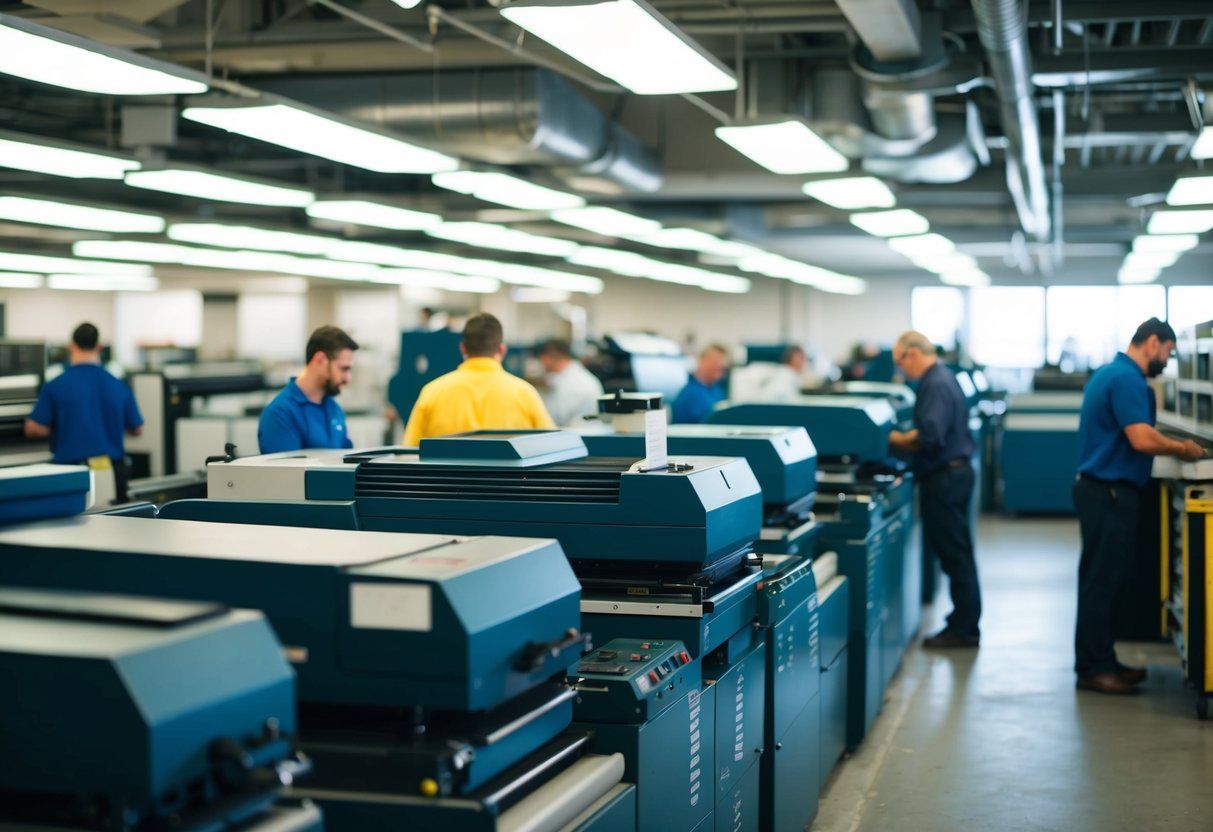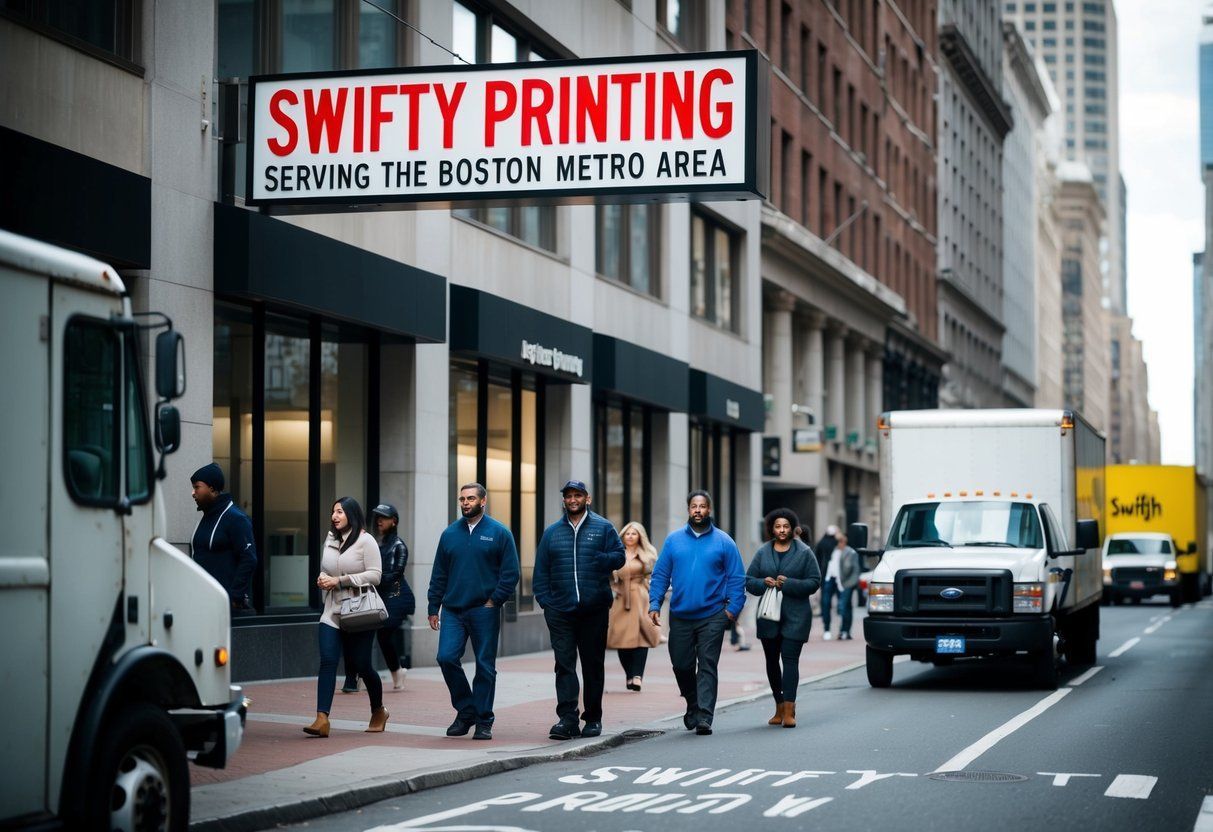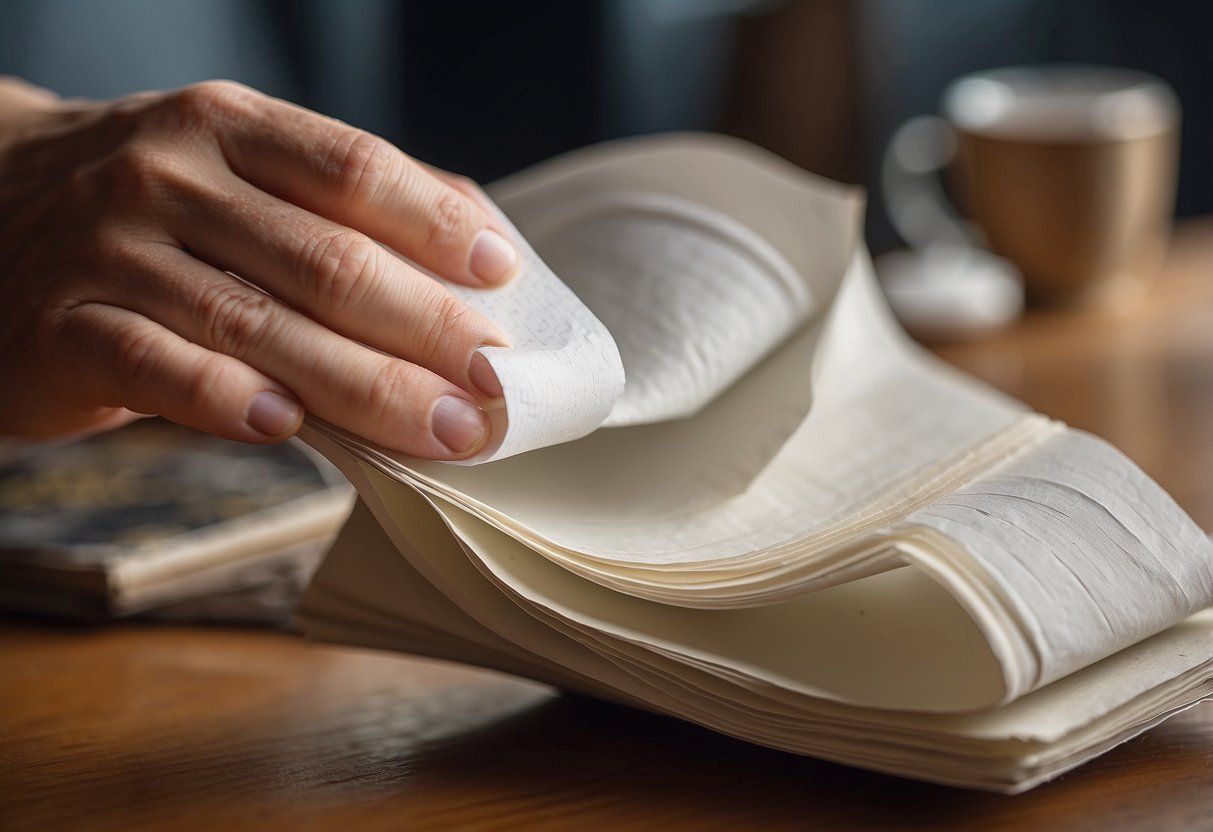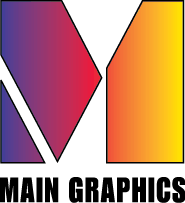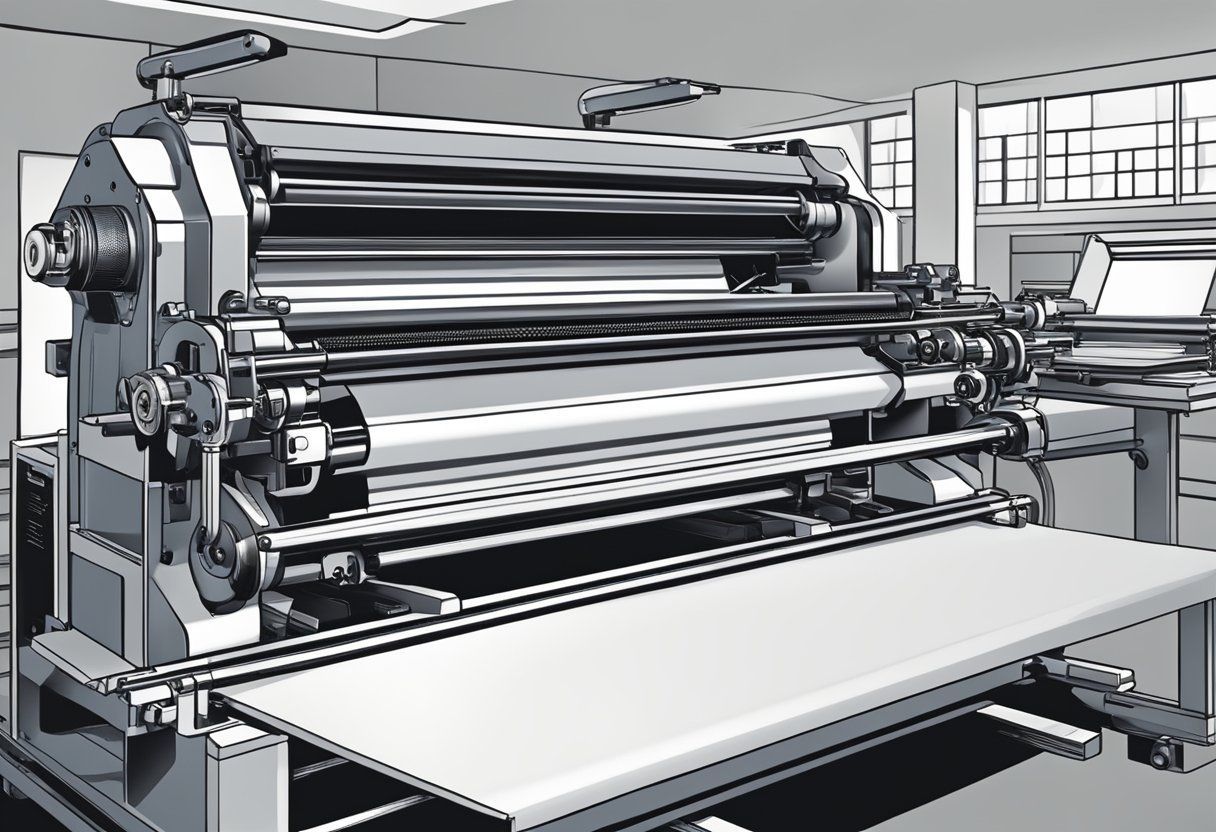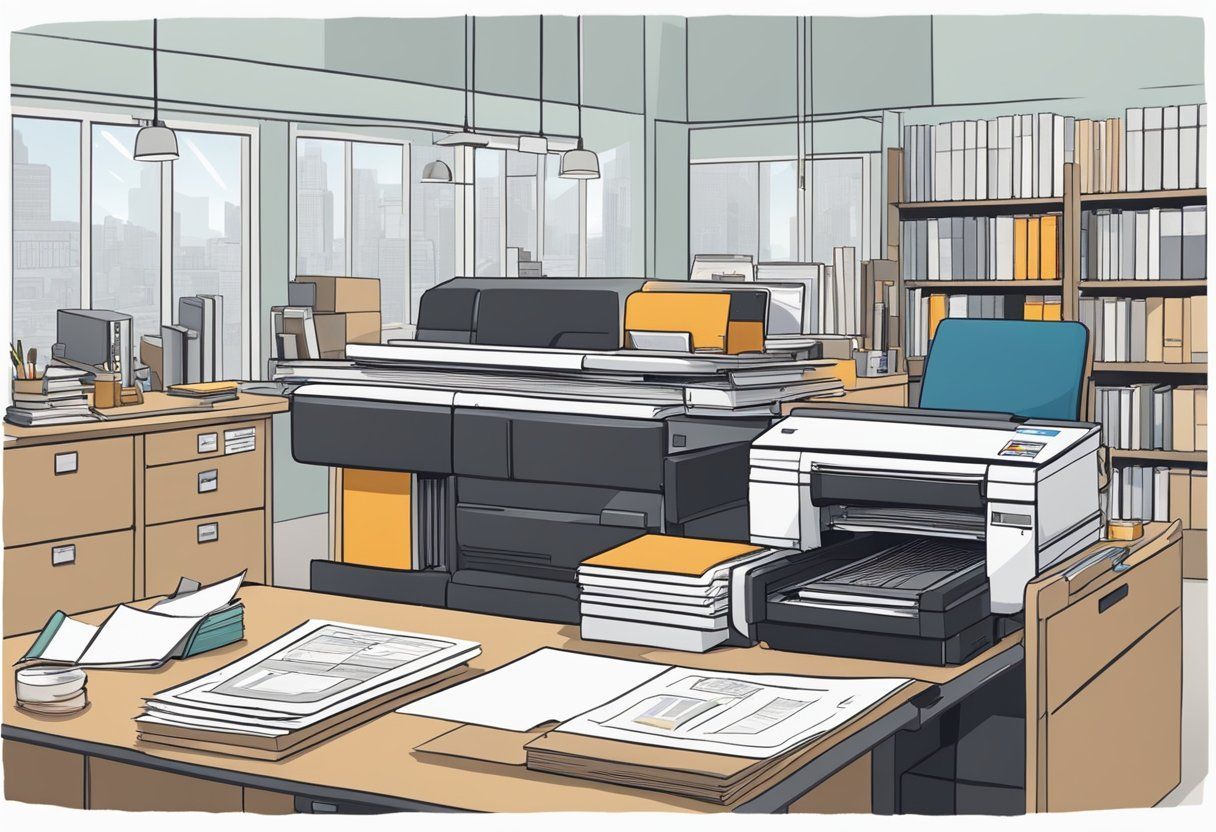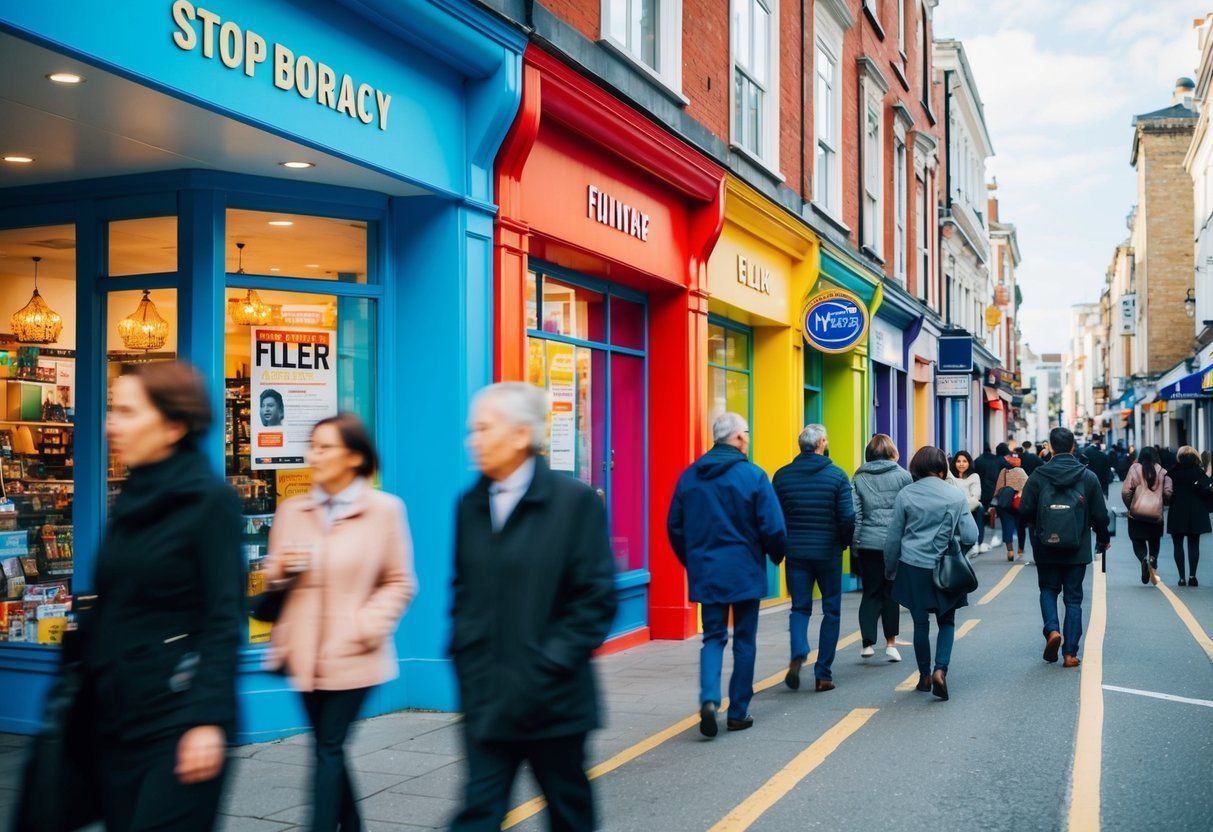Overview of Different Features of Business Card Printing Choices: A Comprehensive Guide
Choosing the right features for business card printing can greatly influence the first impression made during networking opportunities. Understanding the various options available—such as design, print quality, and finishing touches—allows individuals to create a memorable and professional card that stands out. With the right choices, a business card can reflect one’s personal brand and effectively communicate important information.
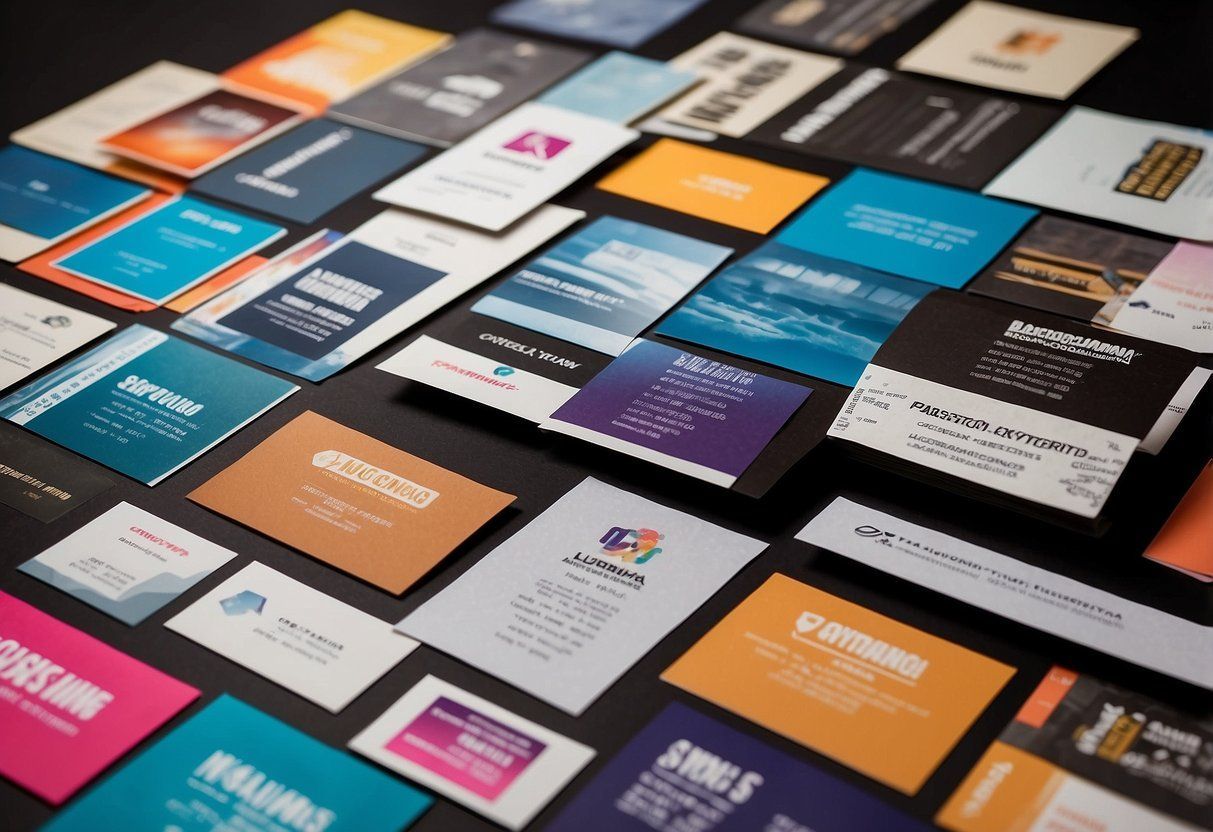
Many factors play a role in selecting business card printing services, including customization preferences, turnaround times, and pricing. The combination of these elements determines not only the look and feel of the card but also its overall value. By exploring different printing features , individuals can tailor their cards to fit their specific needs and budget.
In this blog post, readers will discover a thorough overview of the diverse aspects of business card printing choices. From design considerations to pricing strategies, this guide will equip them with the knowledge to make informed decisions for their networking success.
Key Takeaways
- Business cards are crucial for making a strong first impression.
- Customization and design can enhance personal branding.
- Understanding pricing options helps find the best value.
Fundamentals of Business Card Printing
When creating business cards, choosing the right materials and designs is essential for making a strong impression. Key features include understanding paper stock, selecting appropriate sizes, finishes, and incorporating effective typography and colors.
Understanding Paper Stock and Weight
The choice of paper stock significantly impacts the feel and durability of business cards. Common options include cotton, bamboo, and kraft. Each type has its own texture and appearance, influencing how the card is perceived.
Weight is measured in pounds (lb) or points (pt) . A standard business card typically weighs about 14 pt, while premium options may reach up to 32 pt.
Heavier card stock often feels more substantial and conveys quality. For example, a 16 pt card stock strikes a balance between durability and flexibility. Understanding these options can help in selecting the best paper for specific printing needs.
Standard Sizes and Custom Shapes
Standard business card sizes include 2″x3.5″ and other variations like mini and square shapes. These sizes are convenient and widely recognized, ensuring easy storage in wallets and cardholders.
Custom shapes, such as rounded corners or unique designs, can make a card stand out. For those wanting to go beyond traditional options, custom shapes can enhance brand identity.
It’s important to consider how the size and shape will align with design elements. Cards that are too large or an unusual shape might not fit well in standard holders, which could affect how they’re distributed.
Selecting the Right Finish
The finish of a business card affects its appearance and durability. Common finishes include matte, glossy, and textured options.
Matte finishes provide a sleek, professional look, often preferred for minimalist designs. Glossy finishes offer vibrancy, enhancing colors and images.
Additionally, unique textures are available, adding a tactile element that can leave a memorable impression. Considering the card’s purpose can guide decisions, such as using premium materials for more formal occasions.
Incorporating Effective Typography and Colors
Typography and colors are crucial for catching attention. Choosing the right fonts can help convey the brand’s personality. For example, bold, modern fonts project confidence, while script fonts may convey elegance.
Colors also play a critical role. Using a limited color palette can offer cohesion. It’s important to ensure that text contrasts well with the background for readability.
Common choices for card design include dark text on light backgrounds or vice versa. Testing combinations can help find the best fit. This attention to detail ensures the card effectively communicates important information while remaining visually appealing.
Design Considerations for Business Cards
When designing a business card, several critical factors must be considered to ensure it effectively represents the brand. Key aspects include logo placement, effective use of white space, and adding vital contact information, along with social media handles. Each element plays a crucial role in the overall impact of the card.
Logo Placement and Branding
Logo placement is a foundational aspect of business card design. The logo should be positioned prominently, often at the top or center of the card. This placement ensures it captures attention and reinforces the brand identity.
Consistency in branding is vital. The logo’s colors should match the overall color scheme of the card. If a tagline exists, it should be placed near the logo to further define the brand’s message. Using simple, clear fonts for the logo enhances readability and appeal.
Taking time to select professional design services can make a significant difference, especially for those unsure about their design skills. A well-placed logo can create strong first impressions and convey professionalism.
Effective Use of White Space
White space, or negative space, is an essential element often overlooked in business card design. It helps to enhance clarity and focus on important information. A balance between text and white space creates a clean layout that is visually appealing.
Using white space effectively avoids clutter. This means the card should not feel cramped, allowing for easier reading. Placing margins around important elements, such as contact information, gives them room to stand out.
Designers recommend leaving ample space between the logo, contact details, and any graphics. This strategy makes the card look sophisticated and encourages recipients to focus on the key information presented.
Adding Contact Information and Social Media Handles
Contact information is crucial on any business card, making it easier for potential clients to reach out. Key details include name, phone number, email, and website. These should be clearly listed, often towards the card’s bottom.
In today’s digital age, including social media handles is also important. Platforms like LinkedIn, Facebook, or Instagram can enhance a brand’s visibility. When adding social media information, it’s best to use recognizable icons that align with the overall design.
Font choices should be legible and consistent with the branding. Avoid overly decorative fonts that can diminish readability. Clear, bold fonts work best to capture attention while maintaining professionalism.
The Role of Visual Elements
Visual elements, such as graphics and color schemes, play a significant part in business card design. They should complement the logo and overall branding theme. Choosing complementary colors can create an inviting and harmonious look.
Images or icons can add interest, but they must not overshadow critical information. Visual elements should guide the eye towards essential details, such as the contact information.
A well-designed layout balances text, graphics, and white space. Elements should work together cohesively to ensure the card communicates the brand’s message effectively without feeling cluttered. Keeping these design considerations in mind will lead to a professional and memorable business card.
Printing Features and Customization
Business card printing offers a variety of features that enhance visual appeal and personalization. Understanding these options is important for anyone looking to create effective and memorable business cards.
Exploring High-Quality Finishes
Finishes play a crucial role in the overall look of business cards. Several options are available, each delivering a unique texture and feel.
- Glossy : This finish adds shine and makes colors pop, ideal for images and vibrant designs.
- Matte : A matte finish provides a more subdued look with a smooth texture, perfect for a professional image.
- Soft Touch : This finish combines elegance with a tactile, rubber-like feel that conveys luxury.
- Raised Foil : This technique adds depth with shiny foil accents that catch light and attention.
- Spot UV : This involves using a glossy coating on specific areas to create contrast against a matte background.
Choosing the right finish can significantly enhance the card’s effect and impression.
Customization Options for Distinctiveness
Customization is key to making a business card truly personal. Several options allow individuals to stand out from the crowd.
- Design Templates : Many printing services offer templates tailored for various industries, making it easier to find a starting point.
- Unique Shapes : Instead of traditional rectangle shapes, options like rounded corners or custom cuts can make a card memorable.
- Color Choices : Users can select specific colors that reflect their branding and personality.
- Textures and Thickness : Different paper stocks provide various textures and thicknesses, influencing the card’s durability and feel.
These options ensure that each card not only communicates information but also reflects personal or brand identity.
Selecting Business Card Templates and Design Tools
Selecting the right template and design tools simplifies the design process. Many platforms provide user-friendly interfaces to create business cards.
- Built-in Editing Tools : Tools often include drag-and-drop features, allowing easy placement of images and text.
- Variety of Templates : Users can find templates for different styles and purposes, including minimalistic or bold designs.
- Preview Options : Most design tools allow users to preview their cards before printing, ensuring satisfaction with the final product.
- Integrations with Design Software : Some services enable users to import designs from professional software for advanced customization.
By carefully selecting templates and design tools, one can achieve a professional-looking card that aligns with their vision.
Printing Services and Turnaround Time
Selecting the right business card printing service involves more than just price. Quality, options, and turnaround time play significant roles in making an informed choice. Consider various factors to ensure that the selected service meets specific needs.
Choosing a Business Card Printing Service
When selecting a business card printing service, quality should be a priority. Popular services like Vistaprint and MOO offer high-quality cards with various finishes, including matte and gloss. A site like GotPrint is known for budget-friendly options without sacrificing print quality.
For those needing a quick solution, Staples provides same-day printing options, which can be beneficial for urgent needs. Additionally, services like UPrinting and PsPrint are recognized for their custom design capabilities, allowing users to create unique shapes and sizes.
Customer service is also crucial. Ensure the chosen service has responsive support to address any questions or issues that arise during the process.
Understanding Turnaround Times and Shipping Options
Turnaround times can vary significantly among printing services. Some companies offer standard printing with delivery times ranging from 3 to 10 business days. For quick needs, services like Zazzle and Jukebox provide expedited options, often with 1 to 3-day delivery.
Shipping costs are equally important to consider. A service might have low print prices but high shipping fees, affecting the total expenditure. Moreover, for urgent needs, many local shops offer same-day pickup .
It is wise to verify each printing service’s specific turnaround time and shipping policies. Understanding these factors can help in planning and ensuring that business cards arrive when needed.
Additional Business Card Features
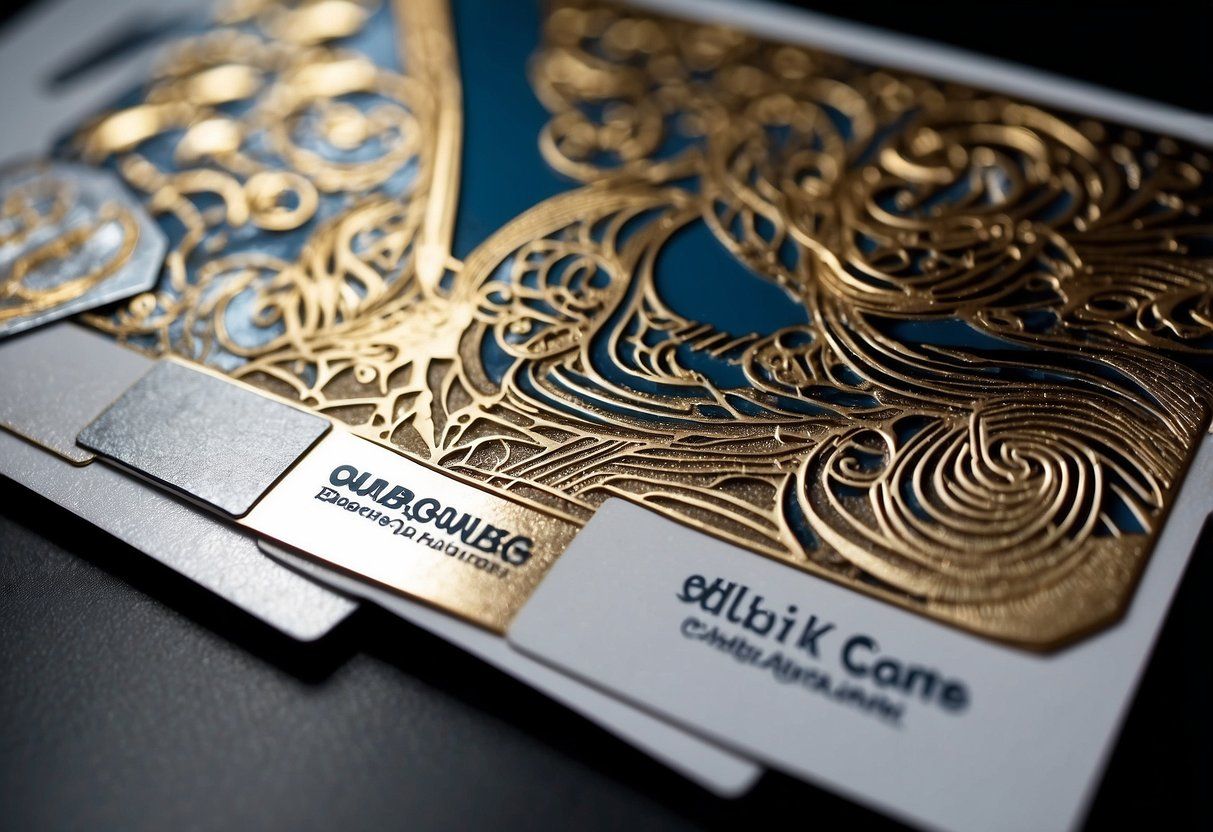
When considering business cards, there are several features that can enhance their effectiveness. Choices include innovative materials, the use of technology like QR codes, and specific needs for professional services. Each of these aspects plays a crucial role in how a business card can represent a brand or service.
Innovative Materials and Eco-Friendly Options
Many businesses are now opting for eco-friendly materials in their business cards. This choice often includes recycled paper or biodegradable options . These materials reduce environmental impact and appeal to eco-conscious consumers.
Additionally, plastic cards have gained popularity for their durability and unique appearance. They come in various finishes, such as matte or glossy, allowing for customization. For those who want to stand out, using wood or metal can create a memorable impression.
Eco-friendly choices can also extend to printing inks that are soy-based or water-soluble, further reducing environmental harm. These options allow businesses to showcase their commitment to sustainability while maintaining a professional look.
The Impact of QR Codes and Technology on Cards
Incorporating QR codes into business cards is a modern trend that enhances functionality. These codes allow individuals to link directly to websites, portfolios, or social media profiles. This feature can impress potential clients by providing immediate access to more information.
With advancements in technology, cards can now be equipped with NFC (Near Field Communication) capabilities. This technology allows users to tap their card on a smartphone to share information instantly. It modernizes networking and streamlines the exchange of contact details.
AI tools can aid in creating personalized designs and optimizing the content on the cards. Such technology can help ensure that cards are not only visually appealing but also effective in conveying the right message.
Special Considerations for Professional Services
For professional services, business cards should reflect the nature of the work. Specific elements like subdued colors and formal fonts are often preferred. This choice helps convey a sense of reliability and professionalism.
In some professions, including credentials or certifications on the card can enhance credibility. For example, financial advisors or legal professionals might list their licenses or affiliations.
It’s also important to consider the target audience. Cards designed for more creative fields may have a different style compared to those intended for corporate environments. Tailoring the design to meet industry standards is vital for making a lasting impression.
Pricing, Quantities, and Value Proposition
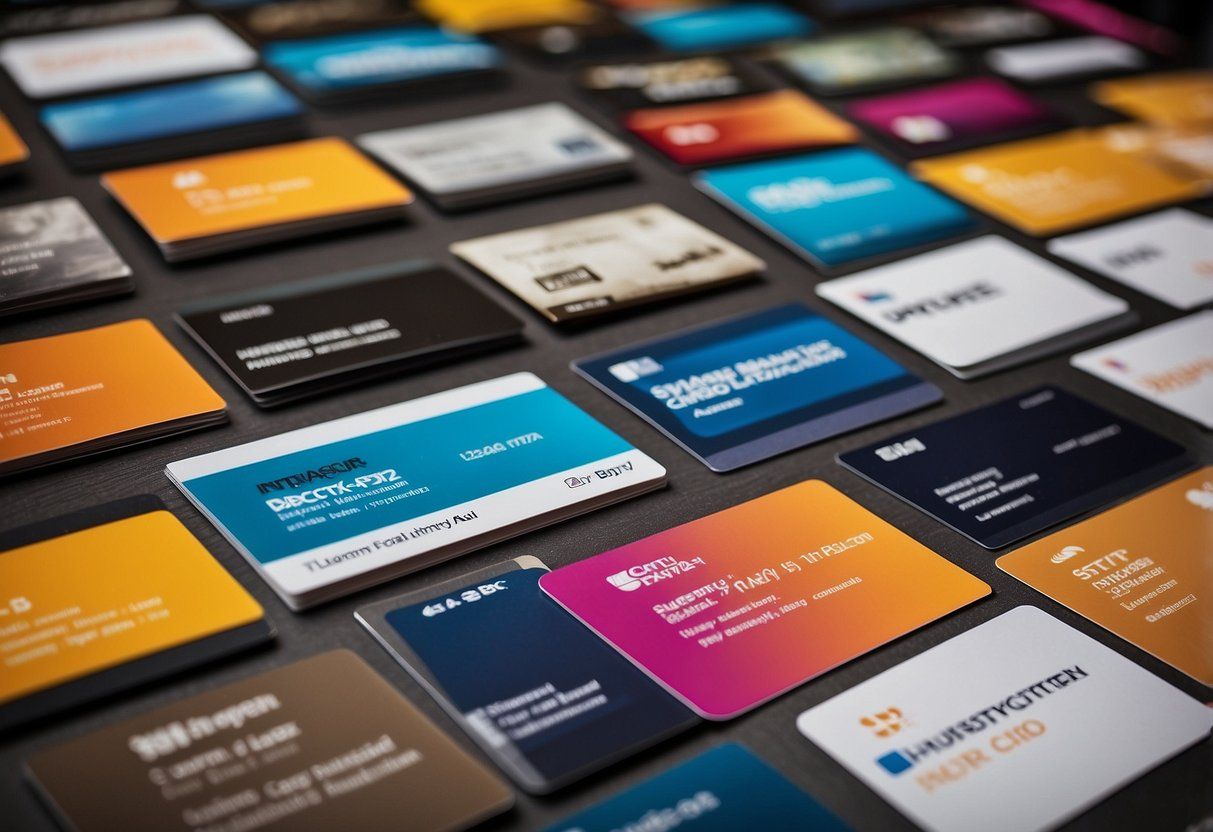
When considering business card printing, it’s essential to understand the relationship between price, quantity, and overall value. The right balance can lead to cost savings while ensuring high-quality results that meet specific needs.
Evaluating Cost-Effectiveness and Bulk Pricing
When evaluating the costs, bulk pricing plays a significant role. Many printing companies offer discounts on larger orders, making it more cost-effective to print higher quantities. For instance, the price per card can decrease significantly when switching from a batch of 100 cards to 250 or even 500 cards.
Prices vary widely based on printing quality, materials, and design complexity. It is crucial to compare several printers to find the best value. Customers should look for transparent pricing without hidden fees. To illustrate, a sample price breakdown might look like this:
- 100 cards: $50
- 250 cards: $85
- 500 cards: $150
Understanding this pricing strategy can help customers make savvy purchasing decisions.
Determining the Appropriate Quantity for Your Needs
Choosing the right quantity is vital for effective marketing. A small business might only need 100 cards for networking events, while larger enterprises may benefit from ordering 500 or more for conferences or trade shows.
Overordering can lead to wasted resources if cards become outdated with changes in branding or contact details. Conversely, ordering too few can limit networking opportunities. Therefore, evaluating the intended use and frequency of distribution is essential.
Businesses should keep in mind that smaller quantities may have a higher per-card price, while larger orders provide savings but require careful planning to avoid excessive inventory.
Balancing Price and Quality for Maximum Value
Customers must balance price with quality to ensure the best value proposition. Cheaper options may save money upfront, but they can compromise on design or material quality. This can affect the impression made on potential clients or partners.
High-quality paper, finishes, and vibrant colors create a more professional image. It’s wise to consider investing slightly more in superior materials if it enhances brand perception. A well-made card can lead to better networking outcomes.
Ultimately, customers should evaluate their objectives and how card quality aligns with their brand image. They can think of this as an investment in their business’s first impression.
Conclusion
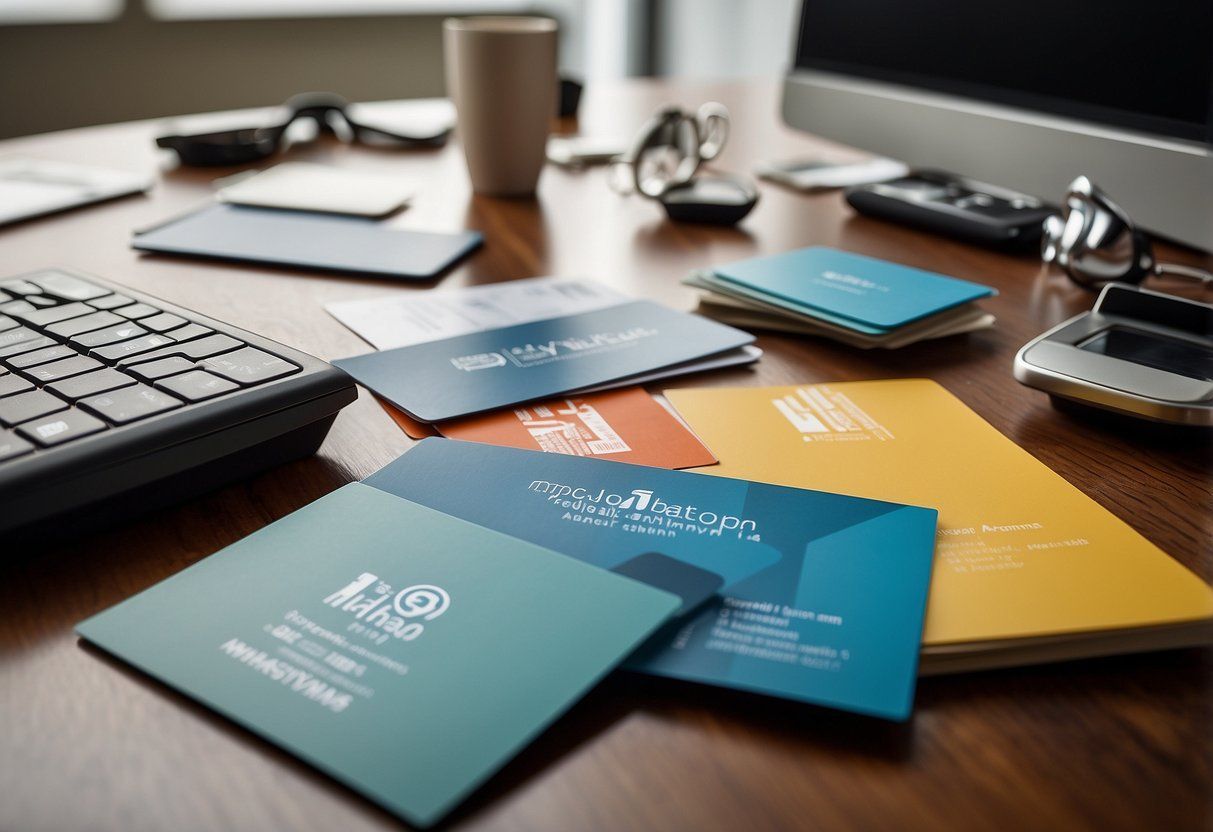
Choosing the right business card printing options can create a lasting impression on potential clients and partners. The quality of the card reflects the professionalism of the individual or business.
A well-designed card shows attention to detail. This is especially important for small businesses looking to establish credibility.
Consider the target audience when selecting features. Different styles and materials resonate with different demographics.
Hiring a designer can elevate the design process. A professional can ensure that all aspects align with brand identity.
Maintaining brand consistency is crucial for recognition. Colors, fonts, and logos should match other marketing materials.
The right card can significantly impact a professional’s image. It can lead to better networking opportunities and potential growth.
Ultimately, the choices made in business card printing should focus on enhancing professional impact. Each decision can influence how others perceive the brand.
Frequently Asked Questions
This section addresses common queries about business card printing. It covers topics such as paper weight, suitable paper types for inkjet printers, and effective home printing methods. It also looks into standard card dimensions and essential design elements.
What is the standard paper weight in GSM for business cards?
The standard paper weight for business cards typically ranges from 200 to 350 GSM (grams per square meter). A weight of around 300 GSM is often considered optimal for a sturdy and professional feel.
Which paper types are best suited for inkjet printers when printing business cards?
For inkjet printers, smooth cardstock is the best choice for printing business cards. Using paper with a weight of 200 to 300 GSM ensures that the ink adheres well without causing bleed-through.
How can one effectively print business cards at home using different paper qualities?
To print business cards at home, one should start by selecting high-quality cardstock. Testing alignment with regular paper before printing on thicker stock can help achieve better results. Adjusting printer settings for heavier paper can also enhance print quality.
What are the standard dimensions and thickness for a typical business card?
The most common dimensions for a business card are 3.5 x 2 inches (89 x 51 mm). Thickness usually falls within the range of 0.3 to 0.4 mm, depending on the paper used.
Which printing techniques are commonly used for professional business card production?
Professional business card production often employs techniques such as offset printing, digital printing, and letterpress. Each method has unique benefits, including color accuracy and texture options.
What essential information should be included in the design of a business card?
A business card should include vital information like the individual’s name, job title, company name, phone number, email address, and website. Ensuring that this information is clear and easy to read enhances the card’s effectiveness.…
